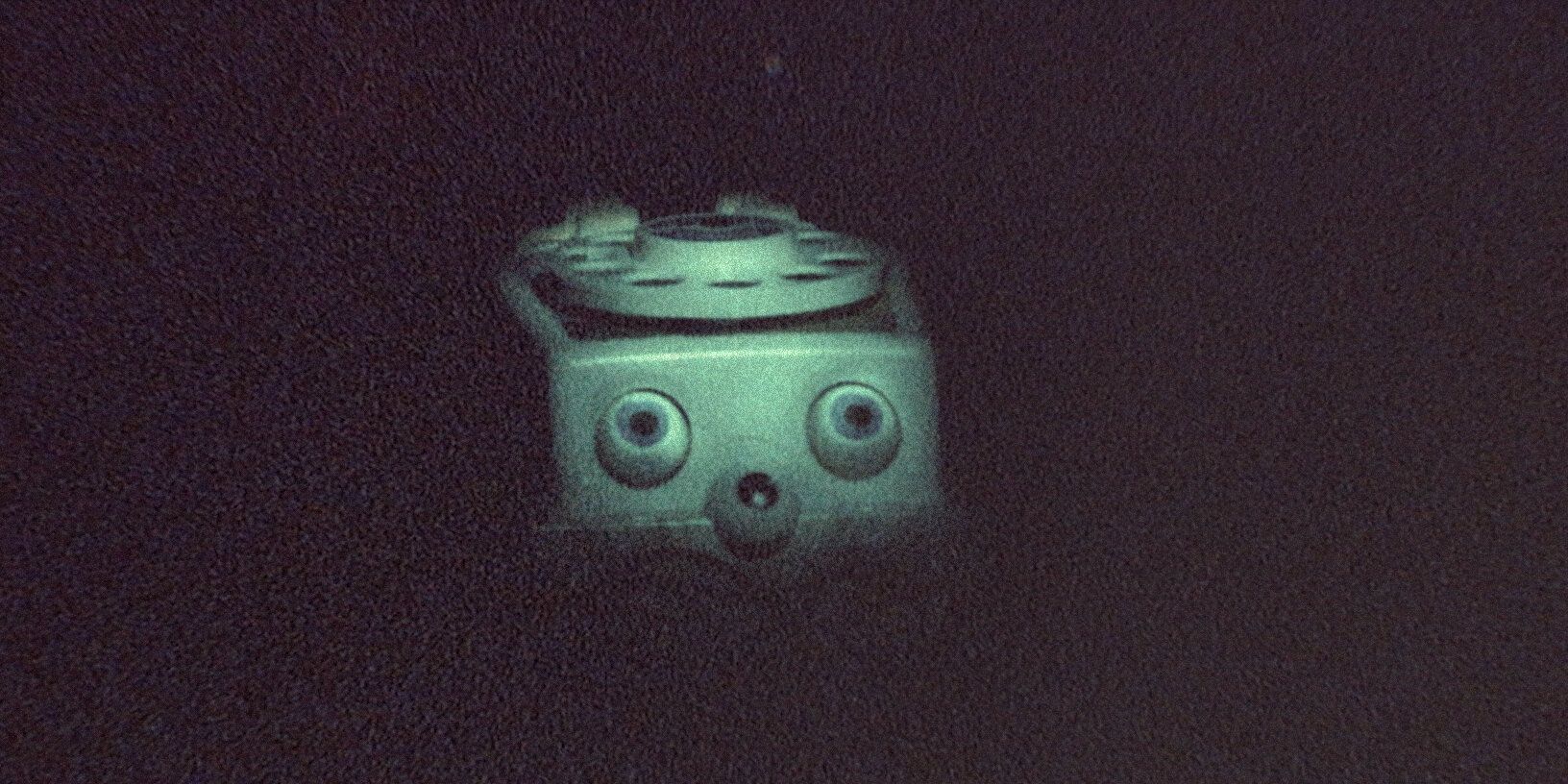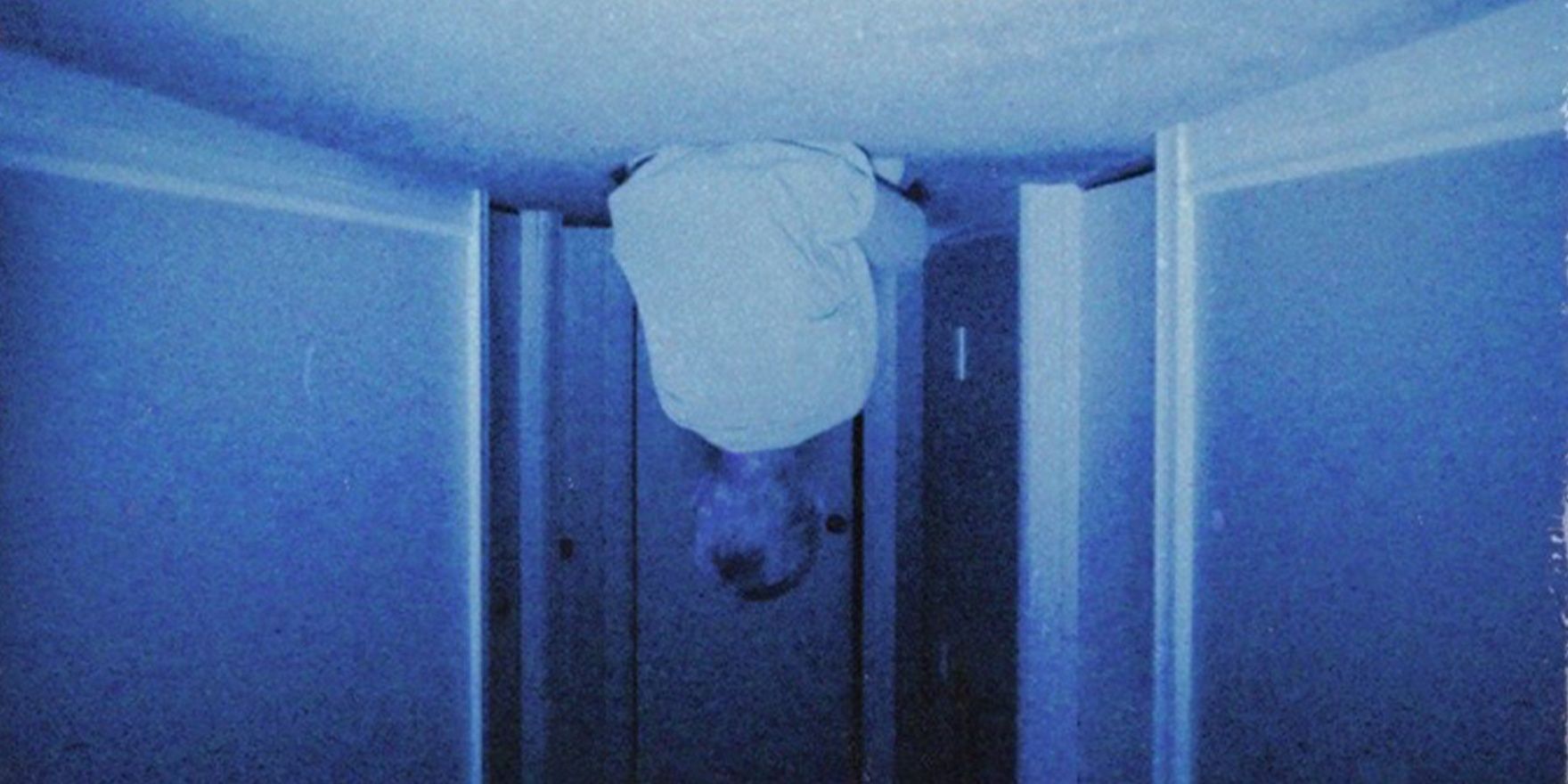Trends in horror come and go. And sometimes they come back again. In retrospect, the most impactful cinematic subgenres of horror coincide with significant societal fears associated with specific eras. The Cold War made monsters and alien invasions fertile ground in the 1960s and 1970s. The slasher craze of the 1980s can be seen as a response to the ultraviolent 1970s, an era that saw more active American serial killers than any other. The attacks on 9/11 led to found-footage and zombies becoming the first dominant subgenres of the 2000s with torture porn arriving as a response to the jaded cynicism of the first major recession of the 21st Century.
As society continues to establish a new normal in the aftermath of the COVID pandemic, what is considered terrifying and how people process fear is changing. New subgenres are vying for prominence, hoping to document and capitalize on this shift. As in other times of turbulence, the next big trends in horror will likely have a direct correlation to the most common shared anxieties of cinema-goers. One subgenre may already be poised for prominence: Liminal horror.
The experimental horror movie Skinamarink generated huge buzz following a successful festival run in 2022 and a limited release earlier this month. The film is polarizing, with some fans and critics hailing it as the scariest experience in decades while others simultaneously bemoan a tedious experience without a plot or a payoff. With Skinamarink available to stream on Shudder, beginning February 2nd, and therefore available to the masses for the first time, we can expect a tsunami of new supporters and detractors. When the dust settles, we’ll likely see a new batch of inspired filmmakers trying to snag the magic writer/director Kyle Edward Ball captured in this ultra-low-budget offering.
In Skinamarink, Two children wake up in the middle of the night to find their father is missing, and all the windows and doors in their home have vanished. The film stars Jaime Hill, Dali Rose Tetreault, Ross Paul, and Lucas Paul.
Liminal horror is one of the most difficult cinematic subgenres to define, partly because it has more to do with a feeling than an actual troupe or aesthetic. Any film of any genre can be liminal. A liminal environment can be claustrophobic or vast, dark or illuminated. At its most basic, liminal horror has more to do with what can’t be seen. A great recent example is Kane Pixles’s Backroom series on YouTube. (Of course, many gamers are already familiar with Inside the Backrooms.) Based on the popular creepypasta, the titular Backrooms are a maze-like expanse of hallways and open spaces that seem almost infinite. And while most of this environment is well-lit, there is a constant sensation of dread.
Whether Skinamarink marks the beginning of a new trend, it will likely be lauded as the epitome of liminal horror, an example of something that has hitherto been difficult to articulate. Though filmed digitally, the film uses filters to create a low-fi, filmic effect. Skinamarink takes place in 1995 but feels somehow older. The ambiance is dark, making objects fuzzy and open spaces ominous. Skinamarink never gives us a direct view of the action. Rather, the plot (yes, there is one) unfolds off-screen, out of view. Sounds are muffled, and dialog is obscured by strange noises. This approach, this lack of explicit knowledge or clear picture to focus on, sends our imaginations into overdrive. And while fear of the unknown is one of the most basic tools in a horror practitioner’s arsenal, it hits especially hard in a post-pandemic society.
The Blair Witch Project was not in fact the first found-footage movie ever made. Cannibal Holocaust, released in 1980, claims that distinction. But Blair Witch launched that subgenre into prominence by arriving at the perfect time. It was the first film to use the internet to create viral marketing effectively, blurred the line between fact and fiction, and preceded the attacks on 9/11 (a moment when nonprofessional and low-tech imagery became terrifying). Similarly, Skinamarink is hardly the first extremely liminal horror movie. However, its emergence in the still-fresh aftermath of a global pandemic gives it unexpected and perhaps unprecedented resonance.
A pandemic is a nebulous horror. Germs are invisible, and carriers can be asymptomatic. Without something tangible to focus our anxieties on, our imaginations run wild. Lockdown can be traumatizing, claustrophobia-inducing, and mentally taxing. Fear of the unknown is exasperated. The lack of a consistent, reliable narrative creates confusion, multiplying potentially terrifying possibilities. Many of us felt and still feel alone, isolated, and off-kilter, as uncomfortable in our loneliness as we are afraid of innumerable external horrors. And Skinamarink pushes all of these emotional buttons.
It’s also worth noting that Skinamarink’s ability to tap into pandemic-era anxieties isn’t coincidental. It was filmed during the pandemic, abiding by all appropriate protocols. Whether intentionally or subconsciously, Ball must have been affected and influenced by COVID’s corresponding apprehensions. Skinamarink isn’t about the pandemic in the slightest, but it is a product of the pandemic and therefore has the potential to strike a universally personal chord. Clearly, Skinamarink is a film we’ll be unpacking for years. It’s been called a cinematic Rorschach test, one that reflects the viewers’ darkest psychological fears, threatening to bring childhood traumas bubbling to the surface.
Whether a new wave of inspired filmmakers will be able to take these lessons to innovative new heights remains to be seen. But cinephiles looking to plumb the depth of existing liminal horror have plenty of options. Come True, directed by Anthony Scott Burns and released in 2020, employs many of the same liminal visuals as Skinamarink, and 2018’s Hereditary had one of the best liminal jump-scares ever committed to celluloid. A few more prime examples of liminal horror can be found in The Shining, It Follows, Pulse (the Japanese original or the American remake), the aforementioned Blair Witch Project, and just about anything in the David Lynch catalog. Looking for more? Reddit has plenty more suggestions.



